When it comes to keeping pet snakes, the enclosure is much more than just a container—it’s a living environment that significantly impacts your reptile’s health, behavior, and overall quality of life. Beyond functionality, a well-designed snake habitat can become a stunning centerpiece in your home that sparks conversations and showcases your dedication as a keeper. Many snake enthusiasts find themselves experiencing “enclosure envy” when they see particularly impressive setups online or at reptile expos. This comprehensive guide will walk you through creative, practical approaches to creating snake habitats that are both functional for your pet and visually appealing for you.
Understanding Your Snake’s Natural Habitat
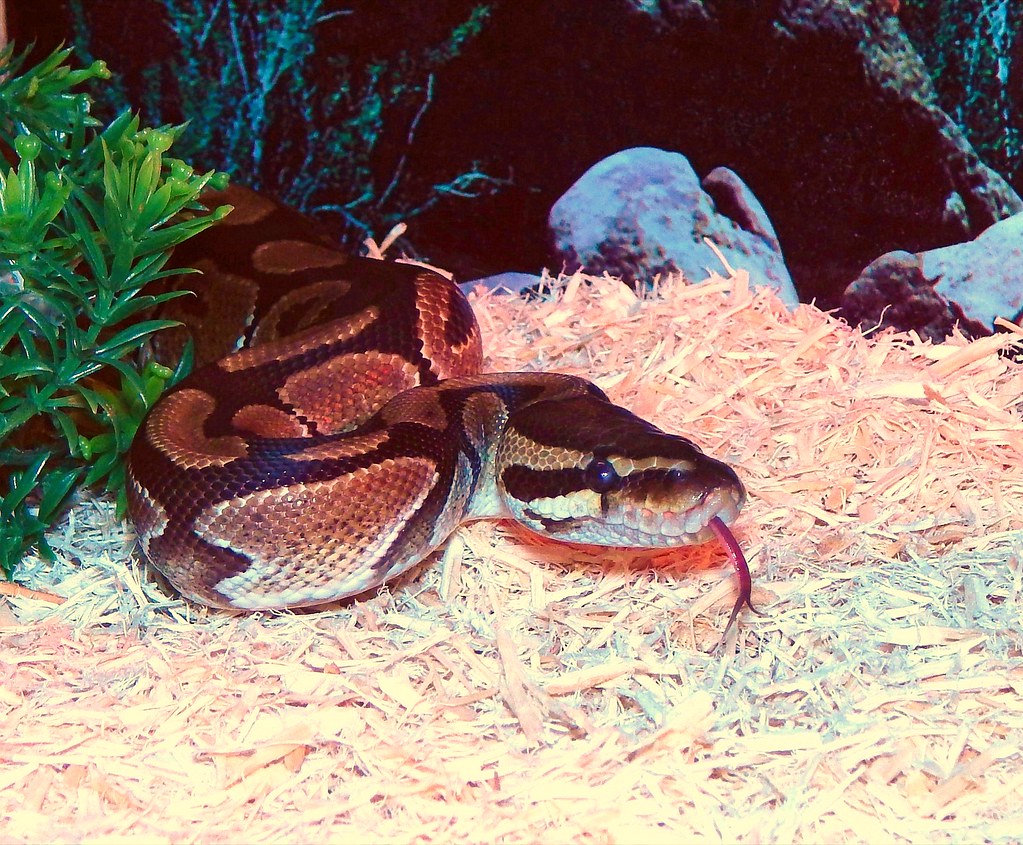
The foundation of any great snake enclosure begins with understanding the species’ natural environment. Ball pythons originate from grasslands and sparse forests of West and Central Africa, while corn snakes are native to the southeastern United States, preferring woodland and overgrown fields. Arboreal species like green tree pythons require vertical space with climbing opportunities, whereas burrowing species like sand boas need substantial substrate depth for digging. Researching your specific snake’s native habitat provides invaluable insights for recreating conditions that will allow them to express natural behaviors. This bioactive approach not only benefits your snake’s physical health but also contributes to psychological well-being by reducing stress and encouraging natural behaviors like hunting, climbing, or burrowing.
Choosing the Right Enclosure Type

The market offers numerous enclosure options, each with distinct advantages for different snake species and keeper preferences. Glass terrariums provide excellent visibility and heat retention but may lack proper ventilation for humidity-loving species. PVC enclosures have become increasingly popular for their superior insulation properties, lightweight construction, and ability to maintain consistent humidity levels. Wooden vivariums offer excellent insulation and a natural aesthetic but require proper sealing to prevent moisture damage. Custom-built enclosures, while more time-intensive and potentially costly, allow for complete customization to meet both your snake’s needs and your aesthetic vision. For display-quality setups, many experienced keepers are turning to specialized reptile cabinet systems that feature built-in lighting, heating, and humidity controls within furniture-quality exteriors.
Bioactive Setups: Living Ecosystems
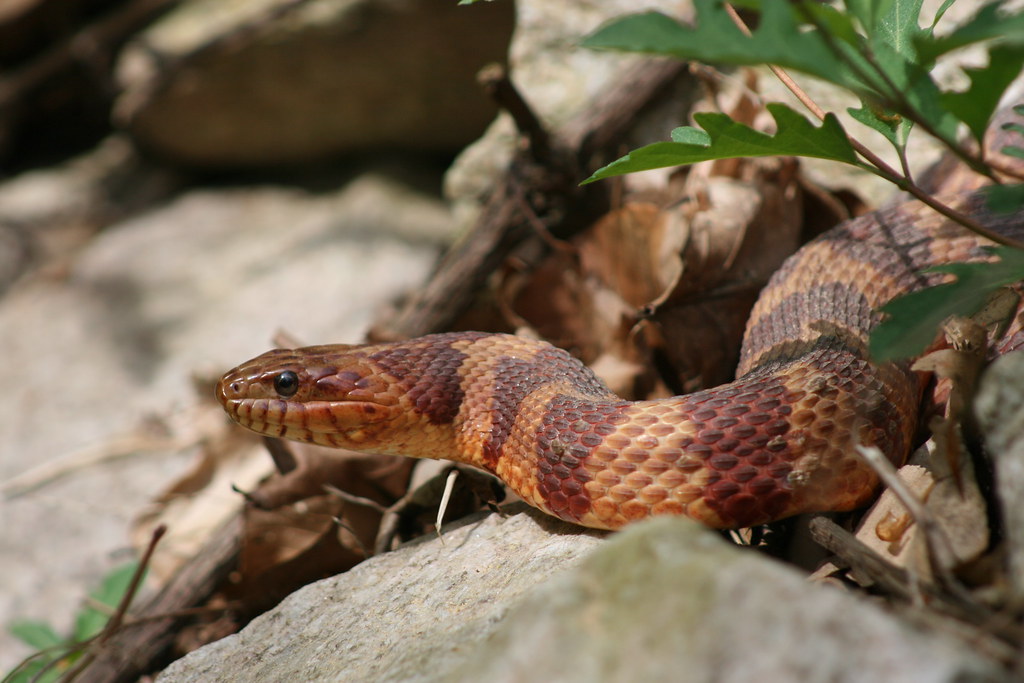
Bioactive enclosures represent the gold standard for naturalistic snake habitats, creating self-sustaining mini-ecosystems that closely mimic wild environments. These setups incorporate a drainage layer, substrate mix, live plants, and a cleanup crew of beneficial insects like springtails and isopods that break down waste. The advantages extend beyond aesthetics—bioactive enclosures maintain humidity naturally, reduce maintenance through natural waste processing, and provide enrichment through varied textures and microclimates. While initially more complex to establish, these systems often require less frequent deep cleaning as the biological processes handle much of the maintenance. The key components include a drainage layer of lightweight expanded clay pellets, a substrate barrier, nutrient-rich soil mix, leaf litter, live plants suitable for your snake’s humidity requirements, and established colonies of cleanup crew organisms.
Creating Proper Temperature Gradients
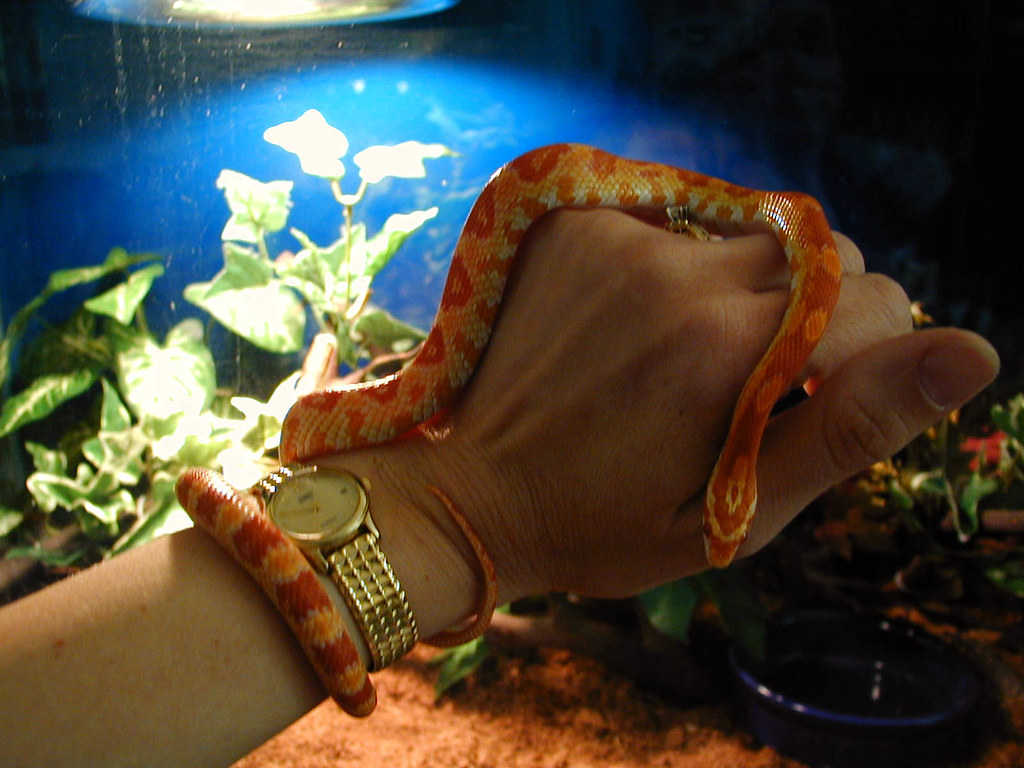
Temperature gradients are crucial for snake health, allowing your pet to thermoregulate by moving between warmer and cooler areas. Effective heating systems might include under-tank heaters (UTHs) attached to thermostats, ceramic heat emitters for ambient heat, radiant heat panels for larger enclosures, or heat tape for rack systems. The warm side should maintain species-appropriate basking temperatures, generally ranging from 85-95°F (29-35°C) depending on species, while the cool side should offer a retreat around 75-80°F (24-27°C). Digital thermometers with probes or temperature guns provide accurate readings at different points in the enclosure, essential for monitoring this critical parameter. Creating multiple temperature zones—not just hot and cold ends, but varied microclimates throughout—allows for more natural behavior and better welfare for your snake.
Mastering Humidity Control
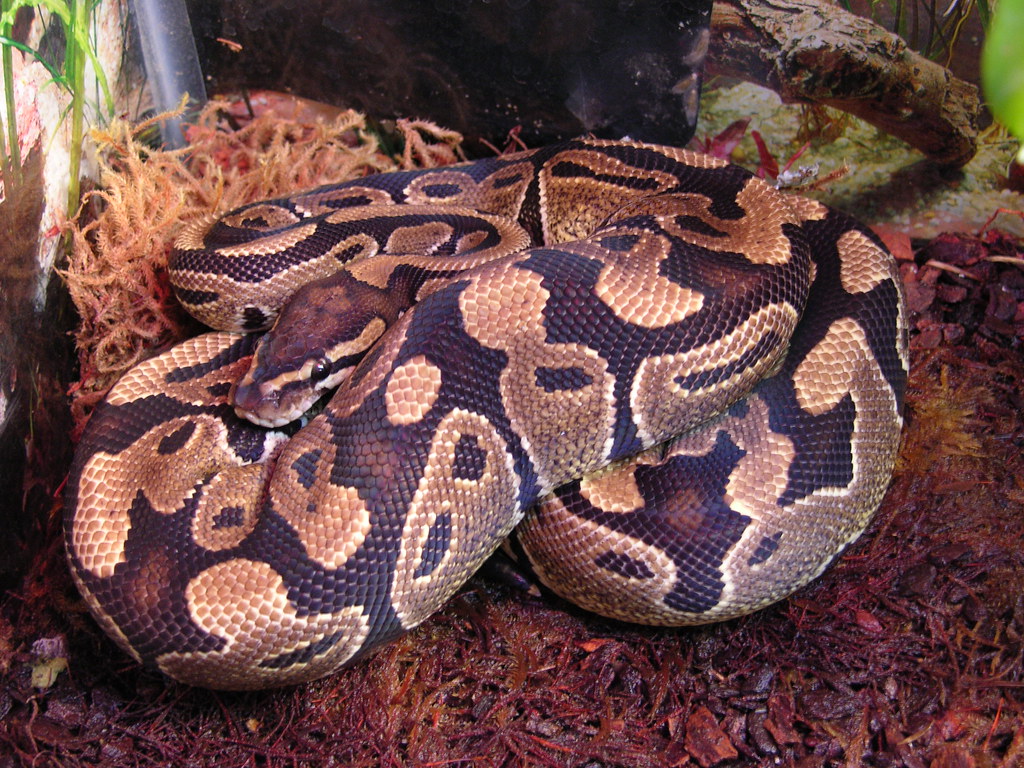
Maintaining appropriate humidity levels presents one of the greatest challenges in snake keeping, particularly for tropical species requiring higher moisture levels. Species like ball pythons typically need 50-60% humidity, while rainforest dwellers like rainbow boas may require 70-90%. Strategic substrate choices like coconut coir, cypress mulch, or specialized reptile soil mixes serve as humidity reservoirs. Misting systems, both manual and automated, can help maintain moisture levels, particularly for display enclosures where frequent manual misting would be impractical. Careful enclosure design incorporating proper ventilation prevents stagnant air while retaining necessary humidity—a delicate balance that often requires experimentation. Humidity gauges positioned at different heights in the enclosure help monitor conditions throughout the habitat, ensuring consistency across your snake’s environment.
Incorporating Safe, Natural Hides
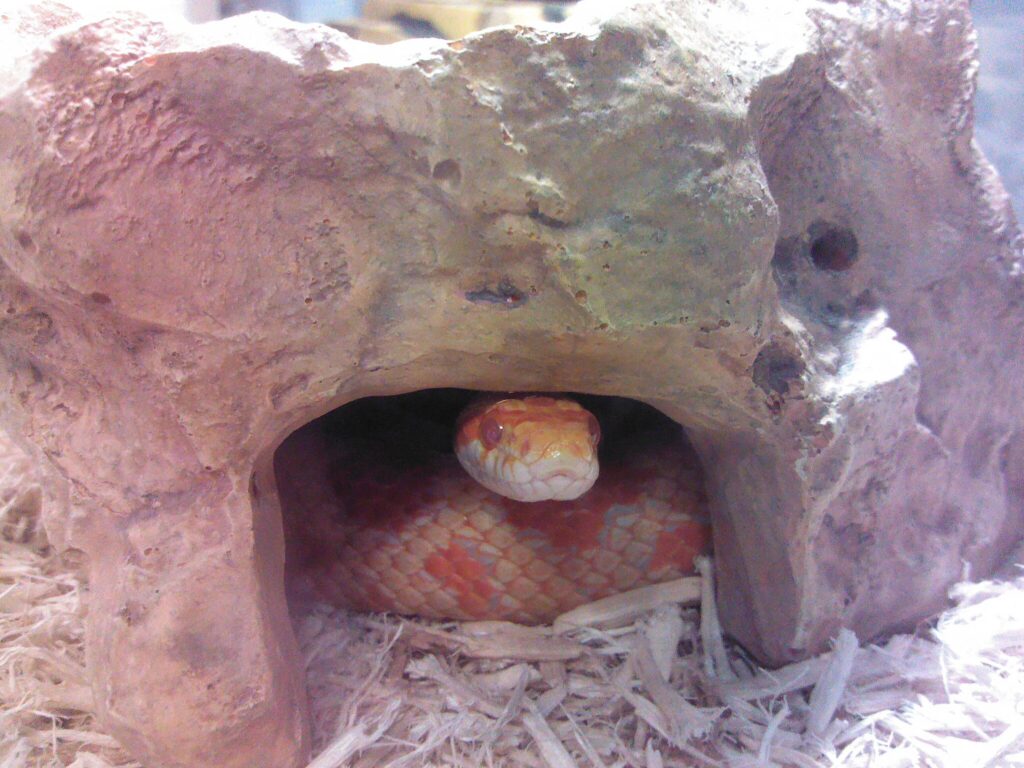
Secure hiding places are essential for reducing stress and creating the security snakes need to thrive in captivity. Most experts recommend providing at least two hides—one on the warm side and one on the cool side—allowing your snake to regulate temperature while feeling secure. Natural hide options include cork bark rounds, hollowed logs, stone caves, and commercially available reptile hides designed to mimic natural features. For bioactive setups, live plants with dense foliage create additional visual barriers that contribute to the snake’s sense of security. When selecting or creating hides, ensure they’re appropriately sized—snakes prefer tight-fitting spaces where they can press against multiple surfaces, creating the sensation of being concealed and protected from predators. The entrance should be just large enough for your snake to enter and exit comfortably without exposing too much of the interior.
Strategic Lighting for Beauty and Function
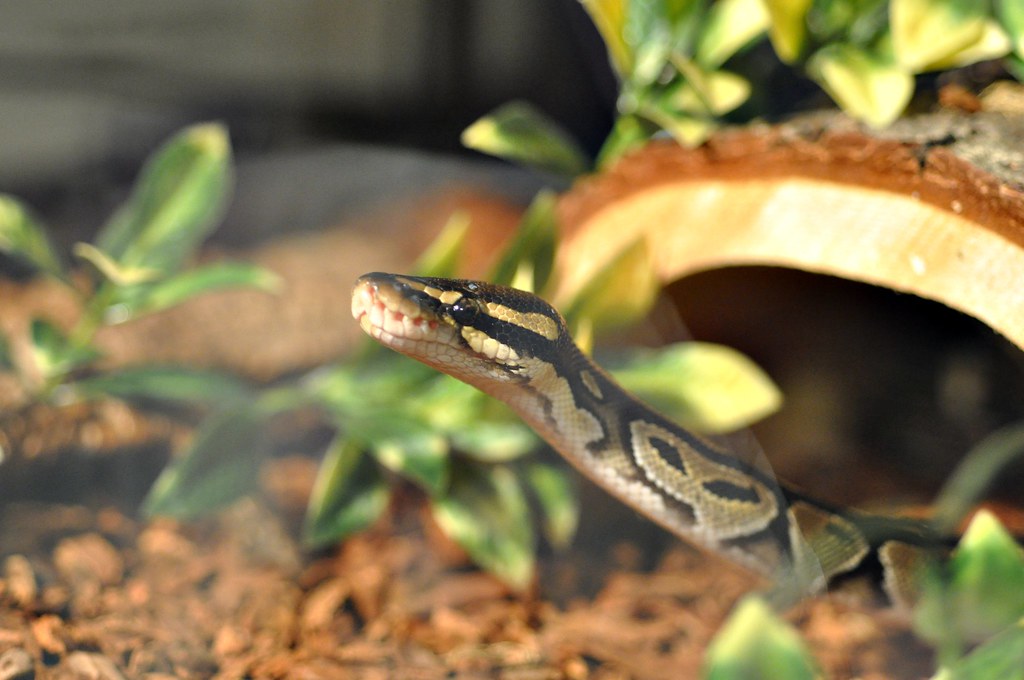
Lighting serves dual purposes in snake enclosures: providing biological benefits and enhancing the visual appeal of your setup. While most snakes don’t require UVB lighting like other reptiles, growing research suggests moderate UVB exposure benefits even nocturnal species by supporting vitamin D synthesis and natural behavior patterns. LED lighting systems offer energy-efficient illumination that showcases your enclosure’s features while providing day/night cycles. Colored LEDs can create stunning dawn/dusk effects or moonlight simulation for nighttime viewing without disturbing your snake’s circadian rhythm. For planted bioactive enclosures, full-spectrum grow lights support plant health while indirectly benefiting your snake through improved humidity regulation and oxygen production. Automated timers for all lighting systems ensure consistency and reduce stress by maintaining predictable day/night cycles even when you’re away.
Selecting Safe, Attractive Plants
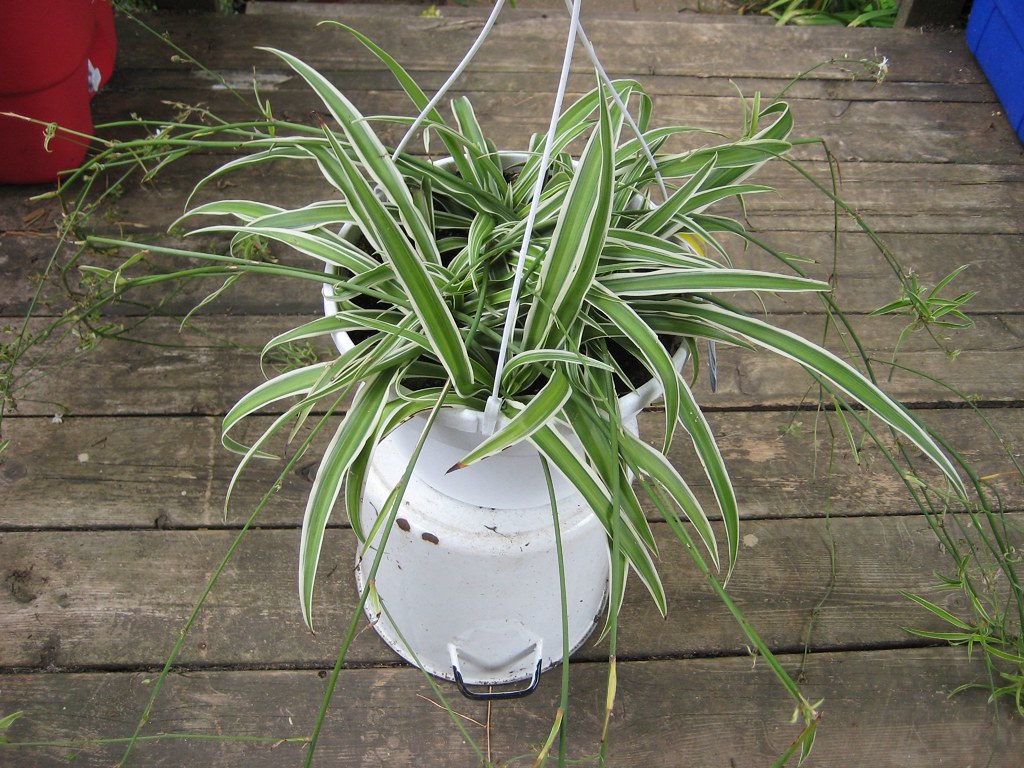
Live plants transform ordinary enclosures into vibrant, living displays while offering functional benefits for snake husbandry. When selecting plants, consider both your snake’s specific needs and the plants’ requirements for light, humidity, and care. Snake-safe options for moderate to high humidity enclosures include pothos, spider plants, bromeliads, snake plants, and certain ferns, all of which can withstand occasional disturbance from your reptile. Succulents and air plants work well for arid setups housing species like bull snakes or certain rat snakes. All plants should be properly quarantined and cleaned before introduction, removing any pesticides, fertilizers, or hitchhiking pests. For snakes that frequently disturb plants, consider mounting epiphytes (air plants) on backgrounds or placing sturdier plants in locations less accessible to your serpent, creating an arrangement that remains aesthetically pleasing despite reptile activity.
Custom Backgrounds and Hardscaping
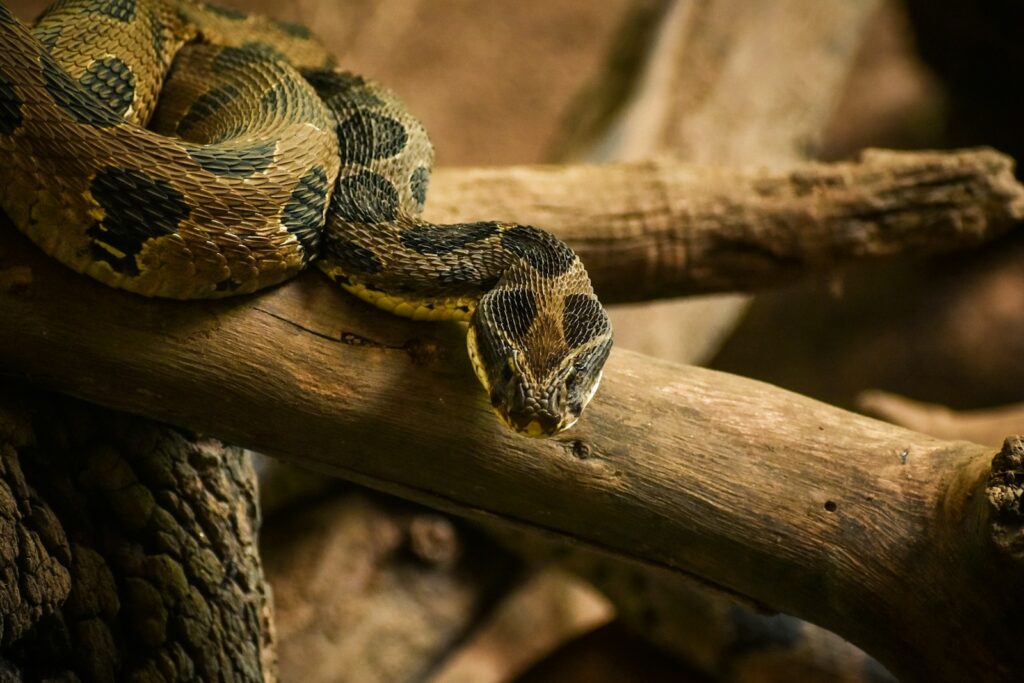
Custom backgrounds dramatically enhance the naturalistic appearance of snake enclosures while maximizing usable space through vertical features. Popular options include expanding foam backgrounds carved and sealed with non-toxic materials, cork bark panels, stone veneer, or commercial reptile backgrounds. These vertical surfaces can incorporate ledges, caves, and planting pockets for additional enrichment opportunities. Hardscaping elements—the non-living structural components—form the architectural foundation of impressive displays through strategically placed rocks, branches, driftwood, and stone features. When installing any hardscape elements, ensure they’re securely anchored to prevent collapse, particularly for heavier components that could potentially injure your snake. Creating varying heights, hiding spots, basking platforms, and climbing opportunities through thoughtful hardscaping provides both functionality for your snake and visual interest for displays.
Water Features: From Simple to Spectacular
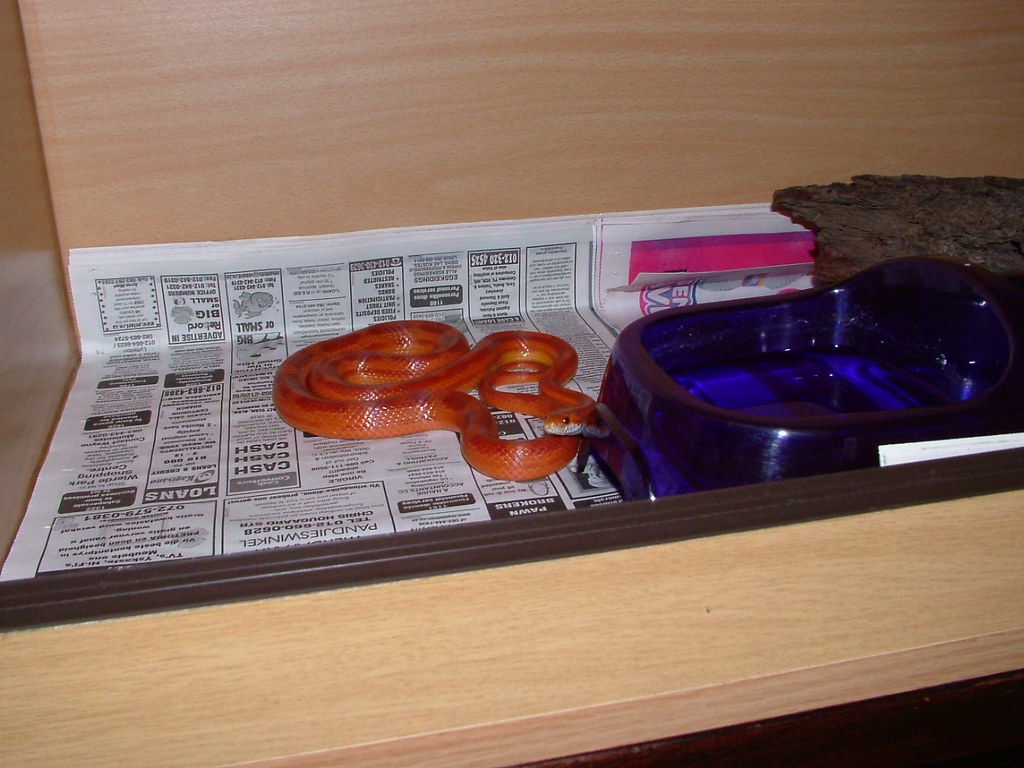
Water features range from basic water bowls to elaborate flowing streams or pools that serve as stunning focal points in display enclosures. For most snake setups, a heavy, stable water dish large enough for occasional soaking is sufficient and prevents tipping during exploration. More advanced keepers might incorporate small recirculating waterfalls, shallow streams, or custom-built pools that add both visual interest and humidity benefits. When designing water features, prioritize ease of cleaning and maintenance—stagnant water quickly becomes a breeding ground for bacteria. Recirculating systems require filters, regular water changes, and careful planning to prevent leaks or excessive humidity that could damage enclosure materials. For species from semi-aquatic habitats like water snakes or certain Asian rat snakes, larger water features provide natural enrichment opportunities while creating dramatic display elements.
Enrichment Features for Active Snakes

Environmental enrichment encourages natural behaviors and provides mental stimulation crucial for captive snakes’ well-being. Climbing branches and secure vines benefit not only arboreal species but also many terrestrial snakes that occasionally climb in the wild—even ball pythons will utilize low branches when provided the opportunity. Textured surfaces like cork bark, natural stone, and varied substrates create tactile stimulation during exploration. Strategic placement of hides, basking spots, and other features that require navigation through different temperature and humidity zones encourages movement and decision-making. For more active species like rat snakes or king snakes, creating complex pathways through different levels of the enclosure with multiple route options provides cognitive stimulation. Regularly rearranging some elements (while maintaining consistent temperature gradients and secure hiding spots) prevents habitat stagnation and encourages exploratory behavior.
Technology Integration for Advanced Keepers

Modern technology has revolutionized reptile keeping, allowing for precise environmental control and remote monitoring. Programmable thermostats maintain exact temperature gradients throughout day/night cycles, while humidity controllers automatically activate misting systems when levels drop below set parameters. Digital monitoring systems with smartphone connectivity provide real-time data and alerts for any environmental fluctuations, offering peace of mind for valuable collections or when traveling. Automated feeding and waste removal systems, though still emerging technologies, show promise for large collections or display enclosures. For elaborate display setups, programmable LED lighting can create sunrise/sunset effects, moonlight cycles, or even simulated weather patterns that enhance both the viewing experience and potentially benefit the snake through more natural light cycles. When implementing technology, always include backup systems and manual overrides to protect your snake in case of power failures or technical malfunctions.
Maintenance Strategies for Showcase Enclosures
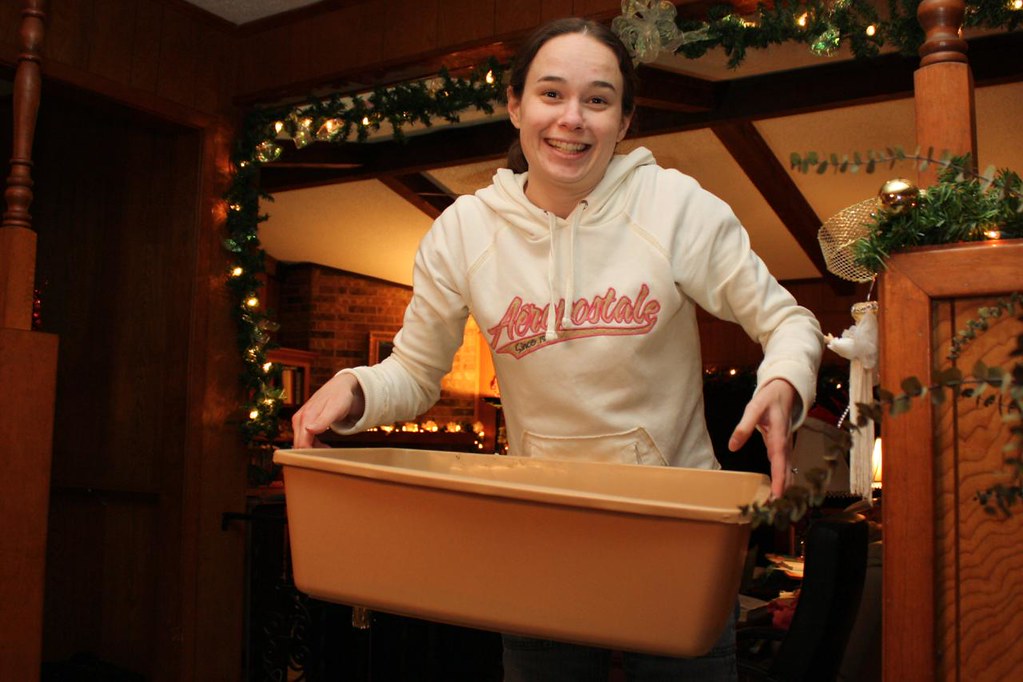
Beautiful enclosures require consistent maintenance to remain both visually appealing and healthy for inhabitants. Developing routine maintenance schedules prevents small issues from becoming major problems—daily quick checks for water, temperature, and visible waste; weekly spot cleaning and plant care; and monthly deep cleaning of fixtures and glass. Bioactive setups require different maintenance approaches, focusing on ecosystem balance rather than complete substrate changes—monitoring cleanup crew populations, occasionally replenishing leaf litter, and maintaining plant health. For display enclosures, investing in quality tools like long aquascaping tweezers, substrate rakes, and specialized cleaning equipment makes maintenance more efficient and less disruptive. Creating easily accessible service areas within complex designs—removable panels, strategic placement of water dishes, and modular components—ensures that necessary maintenance doesn’t require dismantling your carefully crafted display. Remember that even the most elaborate setup must prioritize functionality and animal welfare over aesthetics when maintenance considerations conflict.
Budget-Friendly Approaches to Stunning Setups
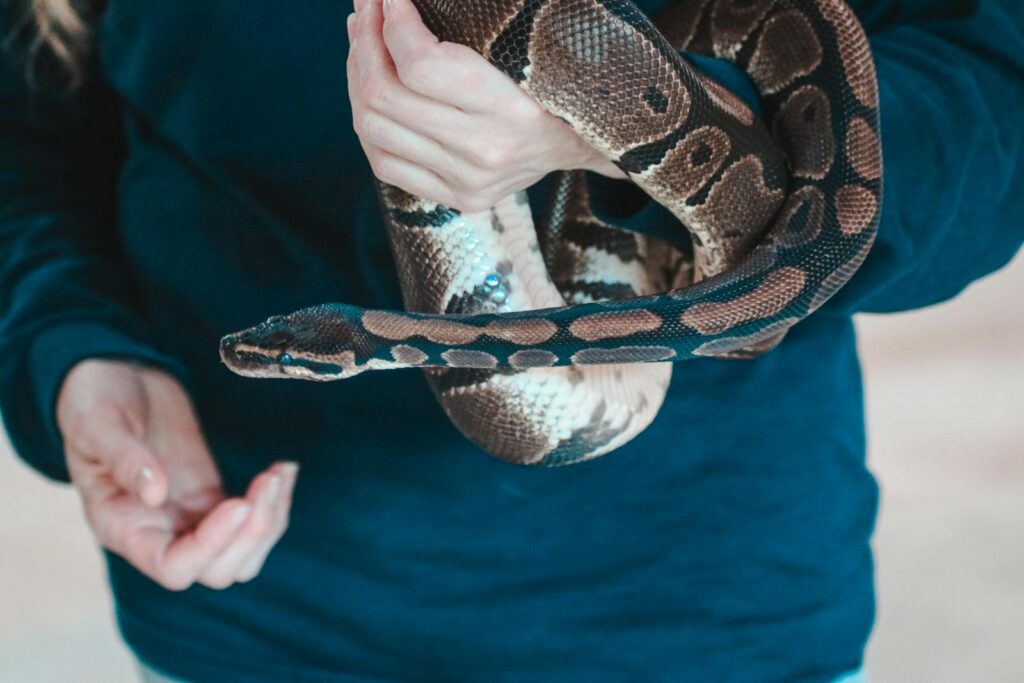
Creating envy-worthy enclosures doesn’t necessarily require enormous investment—creativity often matters more than budget. Repurposing furniture like wardrobes, entertainment centers, or bookshelves into custom vivariums provides both aesthetic appeal and functionality at a fraction of commercial enclosure costs. Natural materials collected from outdoors (after proper cleaning and sterilization) offer free alternatives to expensive commercial products—gathered branches, rocks, dried leaves, and even certain plants can be safely incorporated. DIY backgrounds using expanding foam, silicone, and natural materials create custom landscapes for less than pre-made options. Joining reptile-keeping communities facilitates equipment exchanges, plant sharing, and access to others’ surplus materials. When working with limited resources, focus investments on critical components that affect snake health—quality heating, thermostat control, and appropriate enclosure size—while saving on decorative elements through creative alternatives and gradual improvements over time.
Creating a snake enclosure that inspires envy while providing optimal care requires balancing aesthetics with functionality. The most impressive setups aren’t just visually striking—they reflect deep understanding of the species’ natural history and biological needs. Whether you’re building a naturalistic bioactive masterpiece or a sleek, modern display, prioritizing your snake’s requirements for temperature, humidity, security, and enrichment ensures that your beautiful enclosure also supports a thriving, healthy reptile. With thoughtful planning, creativity, and patience, you can develop a snake habitat that serves as both a nurturing environment for your scaled companion and a stunning showcase of reptile-keeping artistry that will have fellow enthusiasts asking for your secrets.

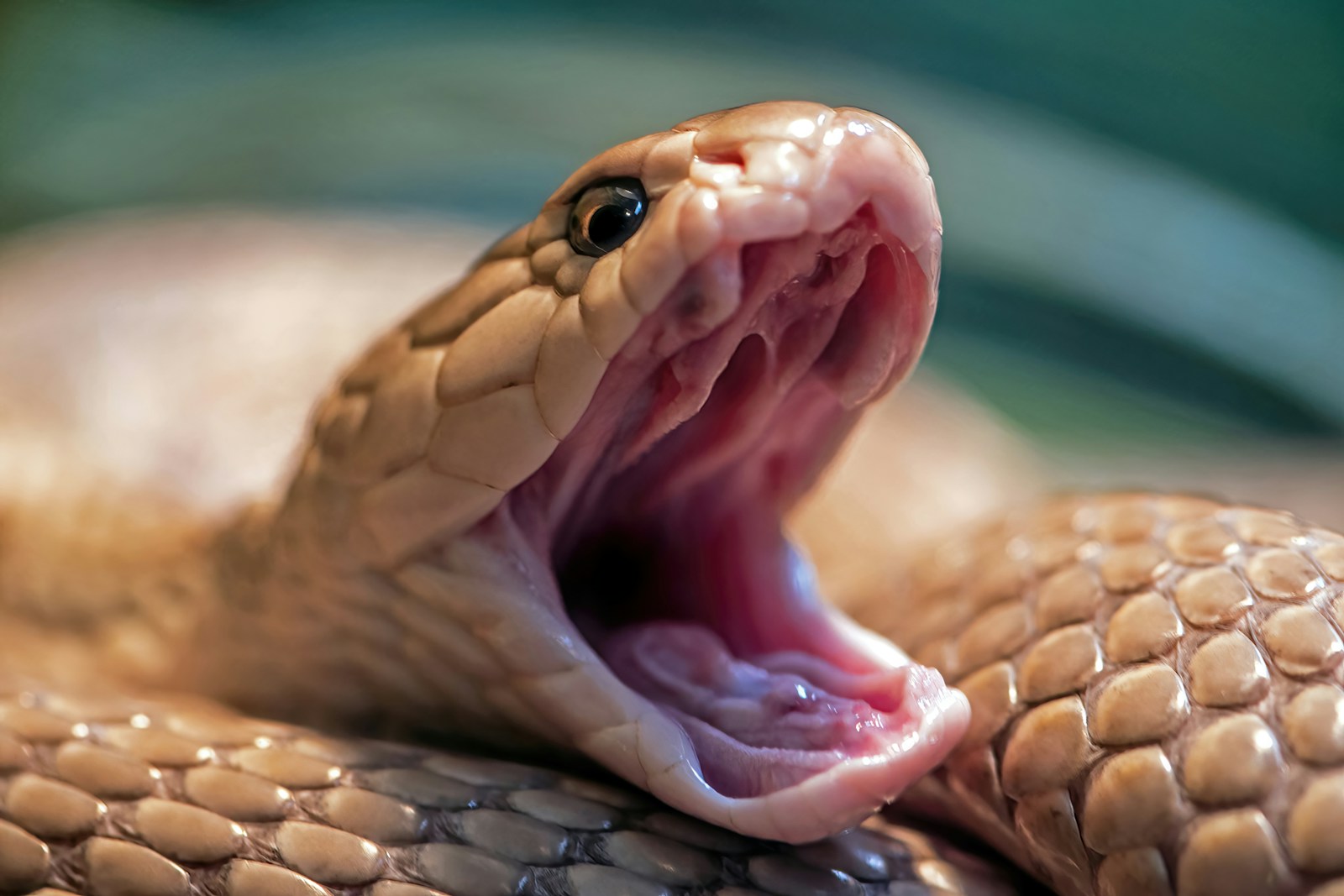


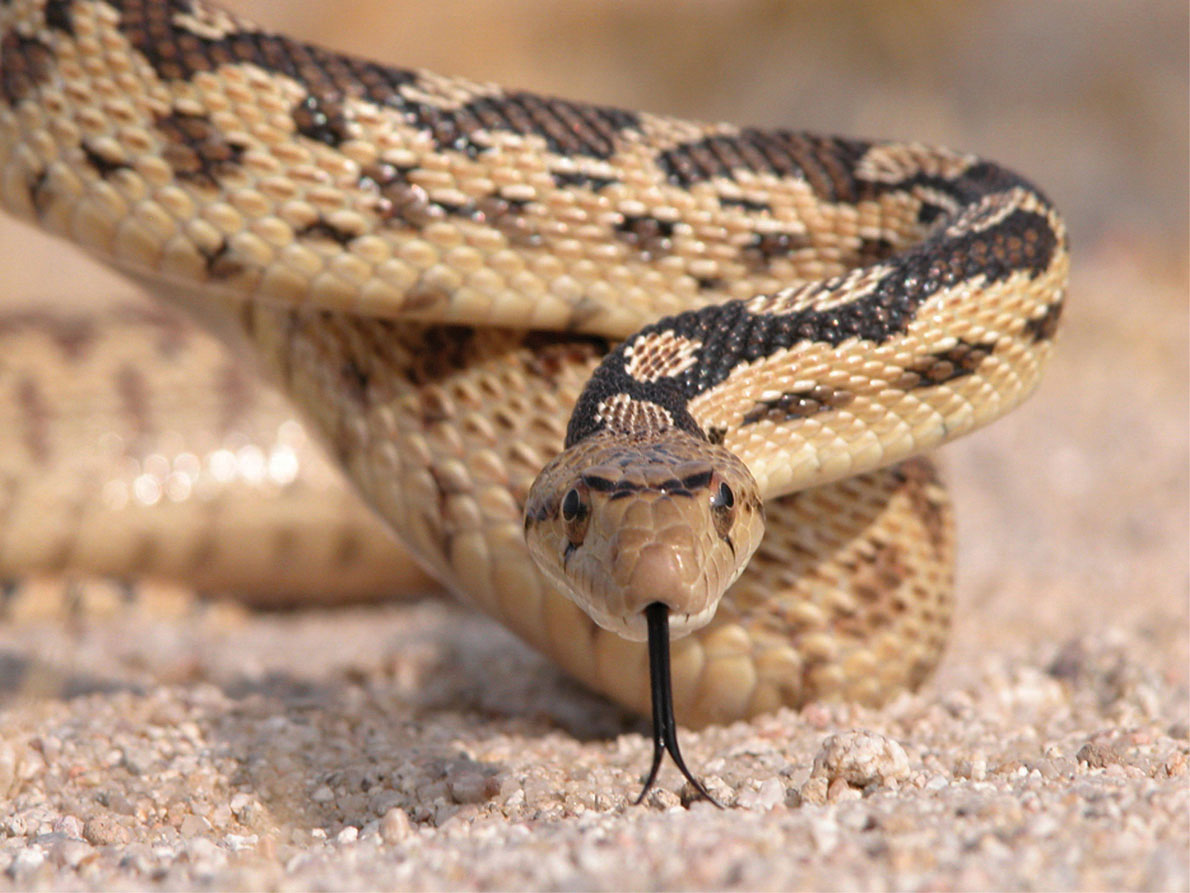
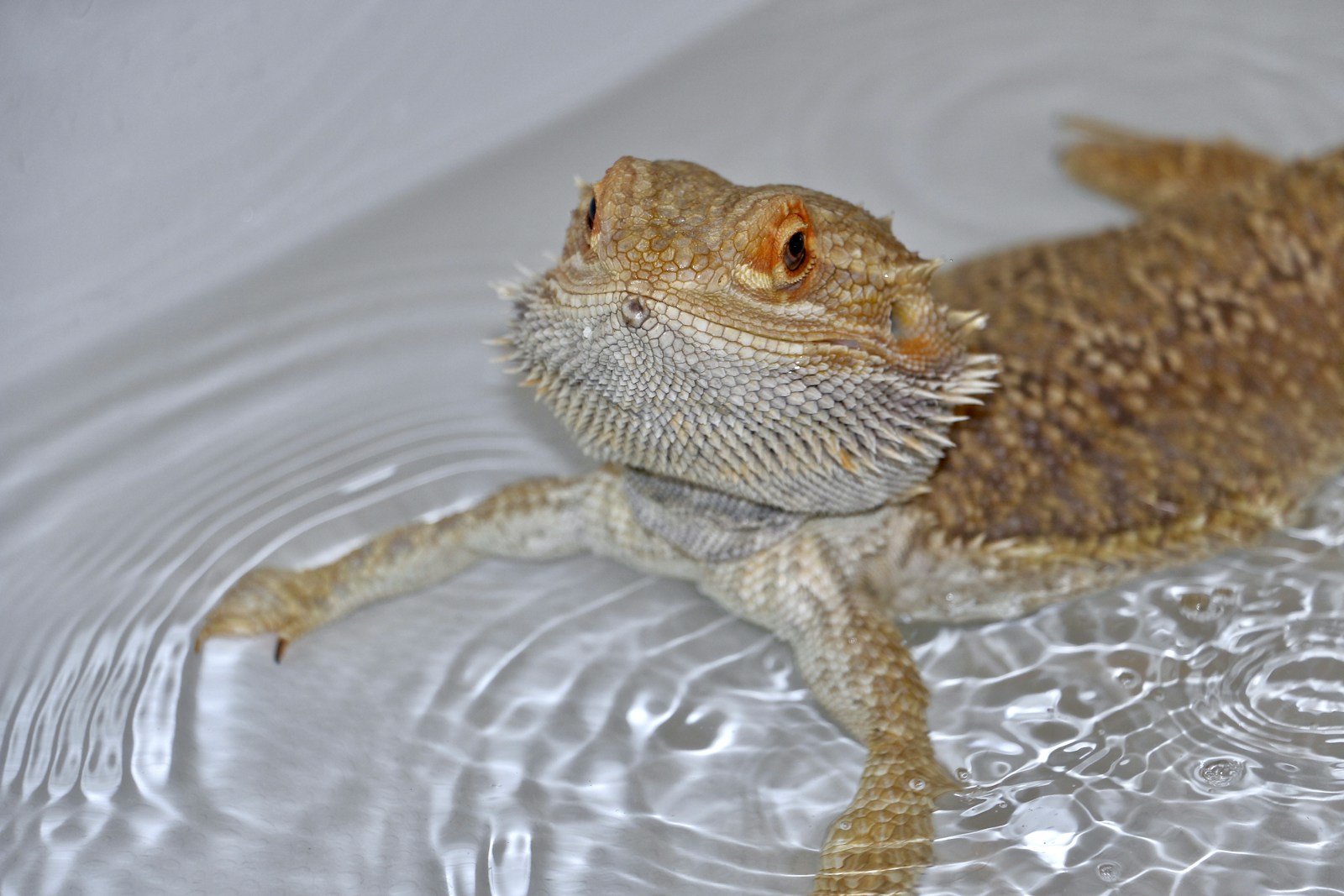

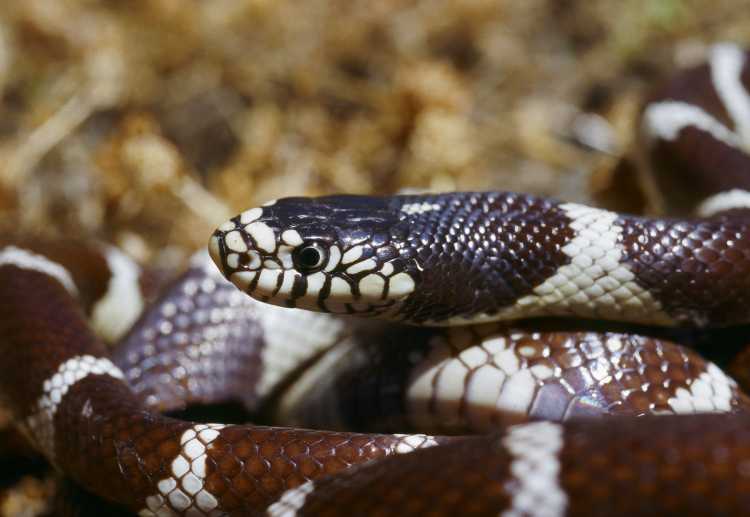
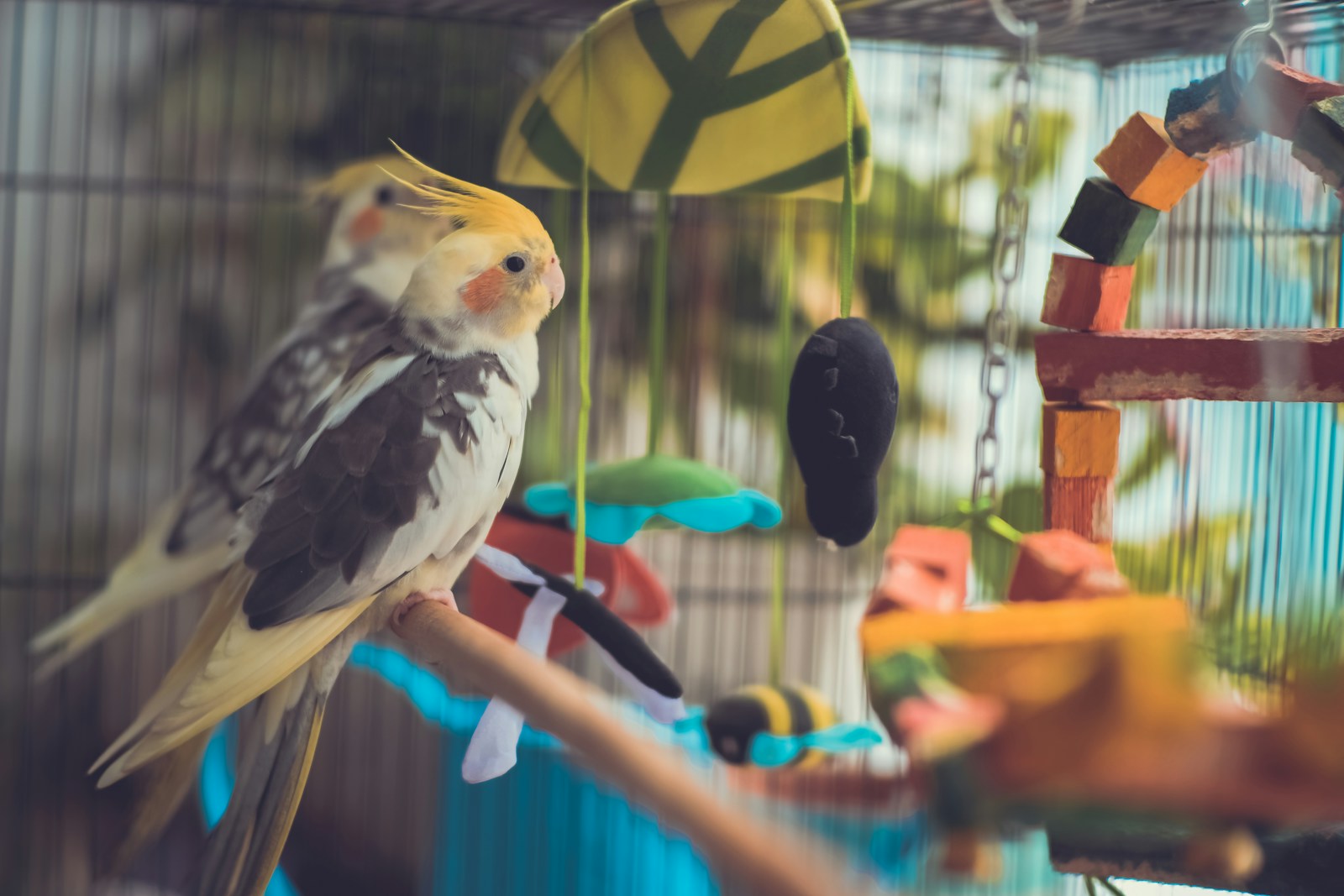
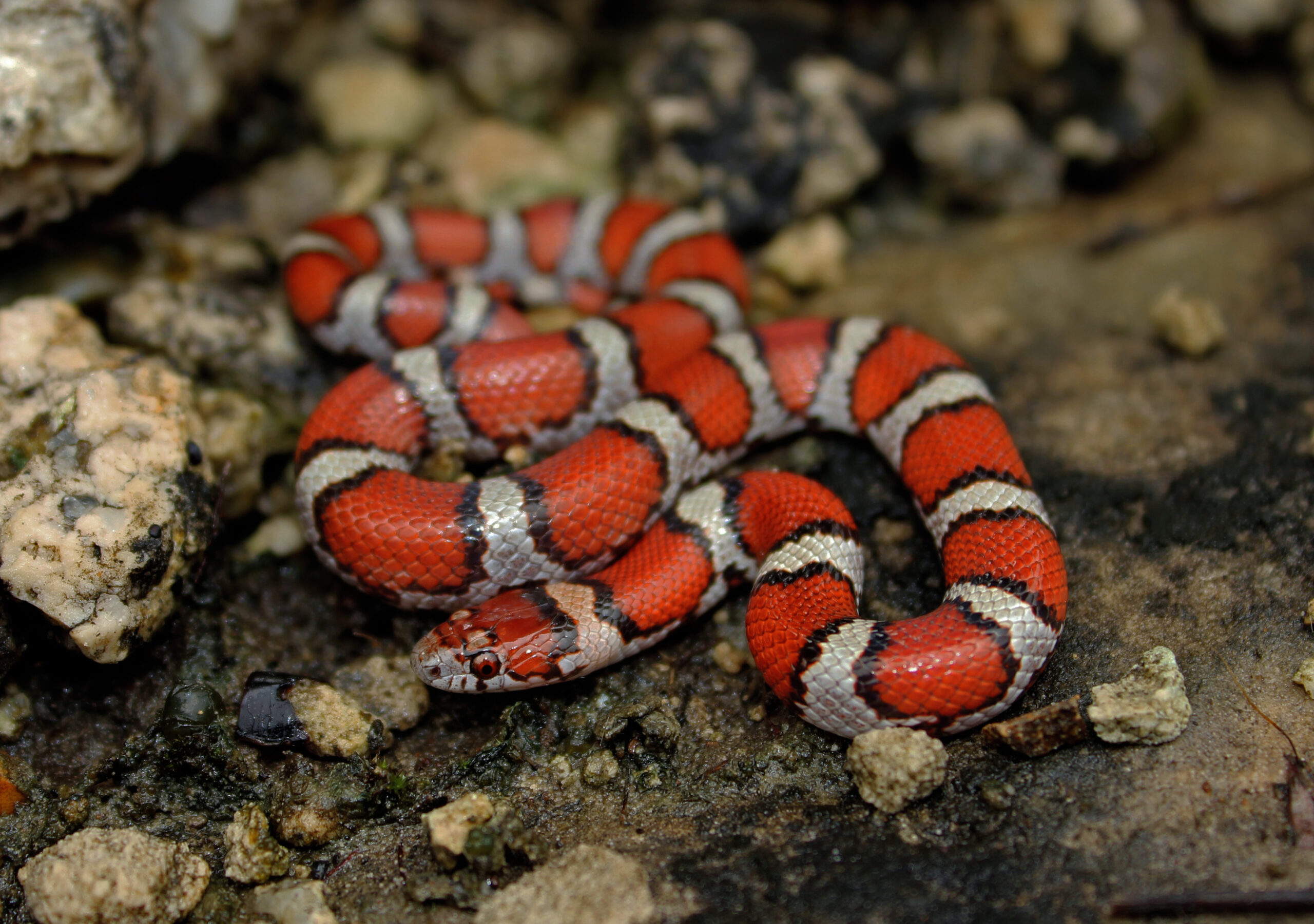





Leave a Reply